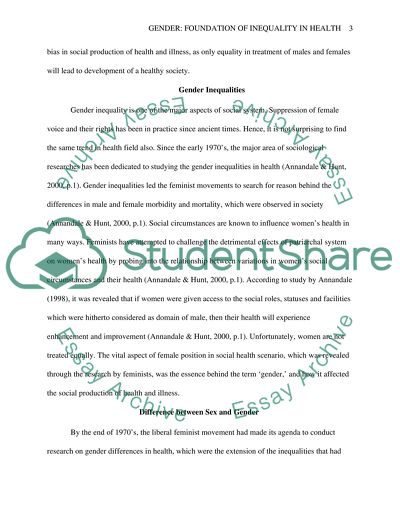Cite this document
(“In what ways is gender significant in the social production of health Essay”, n.d.)
In what ways is gender significant in the social production of health Essay. Retrieved from https://studentshare.org/sociology/1456351-in-what-ways-is-gender-significant-in-the-social
In what ways is gender significant in the social production of health Essay. Retrieved from https://studentshare.org/sociology/1456351-in-what-ways-is-gender-significant-in-the-social
(In What Ways Is Gender Significant in the Social Production of Health Essay)
In What Ways Is Gender Significant in the Social Production of Health Essay. https://studentshare.org/sociology/1456351-in-what-ways-is-gender-significant-in-the-social.
In What Ways Is Gender Significant in the Social Production of Health Essay. https://studentshare.org/sociology/1456351-in-what-ways-is-gender-significant-in-the-social.
“In What Ways Is Gender Significant in the Social Production of Health Essay”, n.d. https://studentshare.org/sociology/1456351-in-what-ways-is-gender-significant-in-the-social.


